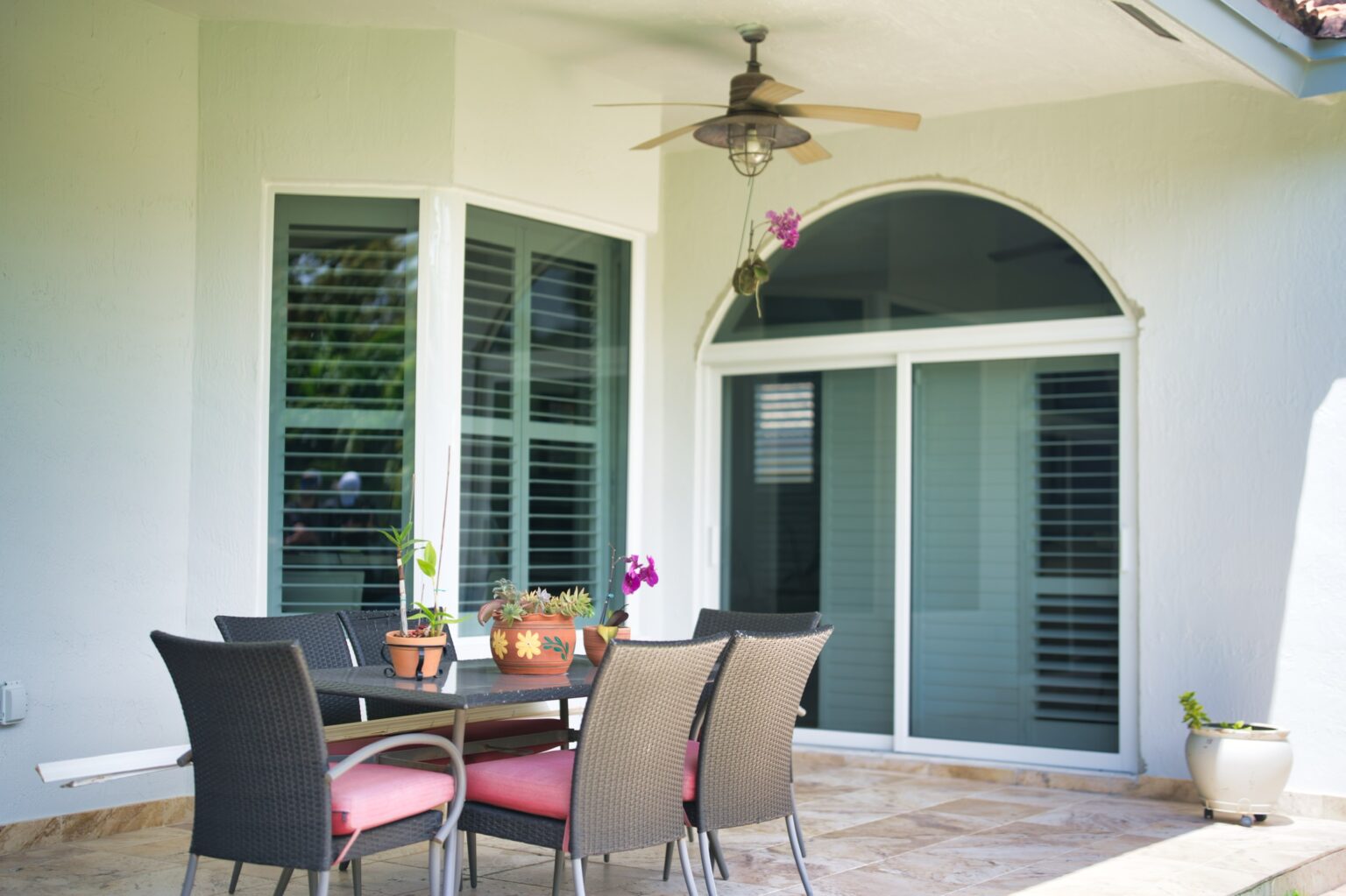
When it comes to doors and windows, the materials used in their construction play a vital role in determining their durability, aesthetics, and energy efficiency. Whether you are building a new home, renovating, or simply looking to replace existing doors and windows, understanding the materials available is crucial. In this article, we will explore the various materials used in the construction of doors and windows, providing you with valuable insights to make informed decisions for your home.
Wooden doors and windows have been a classic choice for centuries, and for good reason. Wood offers a timeless and elegant appearance that can enhance the aesthetics of any home. In addition to its natural beauty, wood provides excellent insulation, helping to keep your home warm in the winter and cool in the summer. Its insulating properties make it energy-efficient and can contribute to lower energy bills.
However, wood requires regular maintenance to preserve its beauty and protect it from the elements. This includes painting or staining to prevent moisture damage and rot. With proper care, wooden doors and windows can last for decades, making them a sustainable and environmentally friendly choice.
Vinyl has gained popularity as a material for doors and windows due to its low maintenance requirements and cost-effectiveness. It is a synthetic material that is resistant to moisture and does not require painting or staining. Vinyl doors and windows are available in a variety of colors and styles, offering versatility in design.
While vinyl may not have the natural aesthetic appeal of wood, it is a practical choice for homeowners seeking an affordable and hassle-free option. Additionally, vinyl provides good insulation, which can contribute to energy efficiency. It is resistant to rot and pests, ensuring longevity.
Fiberglass doors and windows offer a combination of durability and versatility. They are known for their resistance to various weather conditions, making them ideal for homes in areas with extreme climates. Fiberglass is highly durable and can withstand exposure to moisture, heat, and sunlight without warping or fading.
One of the standout features of fiberglass is its ability to mimic the appearance of wood. This allows homeowners to enjoy the aesthetics of wood without the maintenance that comes with it. Fiberglass doors and windows are also highly customizable, available in various finishes and designs to suit your home’s style.
Aluminum doors and windows are the go-to choice for those seeking a sleek and contemporary appearance. They are known for their slim frames and modern aesthetics. Aluminum is a lightweight and strong material, making it ideal for large windows and doors.
Aluminum’s durability is another key feature, as it is resistant to corrosion and rust. This makes it an excellent choice for homes in coastal areas where salt exposure can be a concern. While aluminum is not as energy-efficient as wood or fiberglass, it can be enhanced with thermal breaks to improve insulation.
Steel doors are synonymous with security and strength. They are often used as entry doors due to their ability to withstand forced entry and extreme weather. Steel doors offer excellent insulation and can contribute to energy efficiency when properly constructed.
While steel doors are robust and low-maintenance, they may not be as versatile in design as other materials. They are typically used for specific applications where security and durability are paramount, such as front entry doors.
Glass is a crucial component of both doors and windows, and its type and quality can greatly affect the performance of your home. Insulated glass, such as double or triple-pane glass, is a common choice for windows due to its energy efficiency. It helps to keep your home well-insulated and reduces energy costs.
When it comes to doors, glass panels or inserts are often incorporated for aesthetics and to allow natural light into interior spaces. The type of glass used can impact privacy and security. Some glass options are designed to be shatter-resistant or offer enhanced security features.
Composite materials are engineered to combine the strengths of various materials, offering a unique combination of durability, insulation, and aesthetics. These materials are often a blend of wood, fiberglass, and other elements. They can mimic the appearance of wood while offering the low maintenance and durability of fiberglass or vinyl.
Composite doors and windows are an excellent choice for those who want the best of both worlds. They provide the natural beauty of wood without the drawbacks, making them a popular choice among homeowners.
Choosing the Right Material for Your Home
Selecting the right material for your doors and windows depends on your priorities and preferences. Consider the following factors:
- Aesthetics: What style and appearance are you looking for in your home? Each material has its own aesthetic characteristics.
- Durability: How well does the material resist wear and tear, including exposure to the elements?
- Maintenance: Are you willing to commit to regular maintenance, such as painting or staining, to preserve the material’s condition?
- Energy Efficiency: How well does the material insulate your home, and what impact does it have on your energy bills?
- Budget: What is your budget for doors and windows? Different materials come with varying price points.
- Climate: Consider your local climate and whether the material is suitable for the conditions.
- Security: For doors, consider the security features offered by the material.
By carefully evaluating these factors, you can make an informed decision about the materials that will best suit your home. Remember that the choice of materials for your doors and windows can have a lasting impact on the comfort, aesthetics, and functionality of your living spaces.





